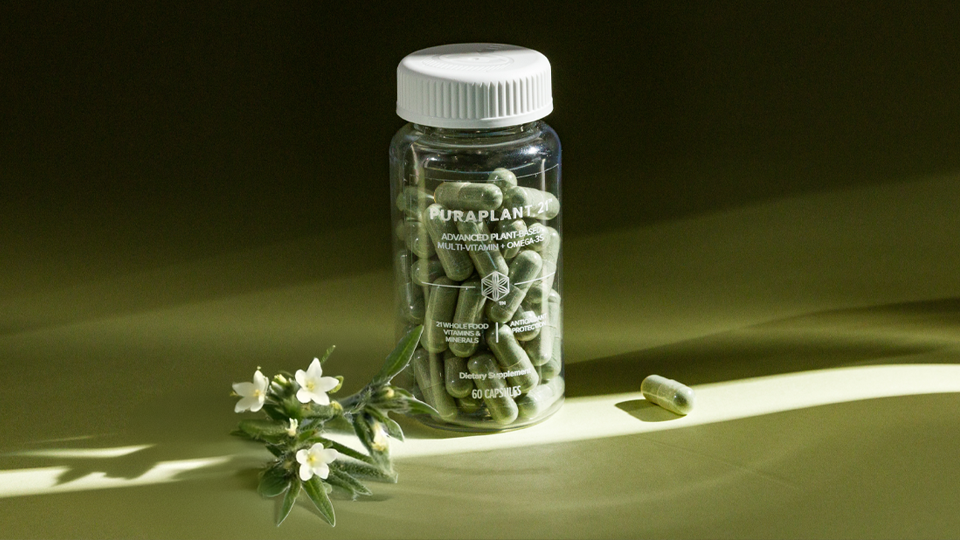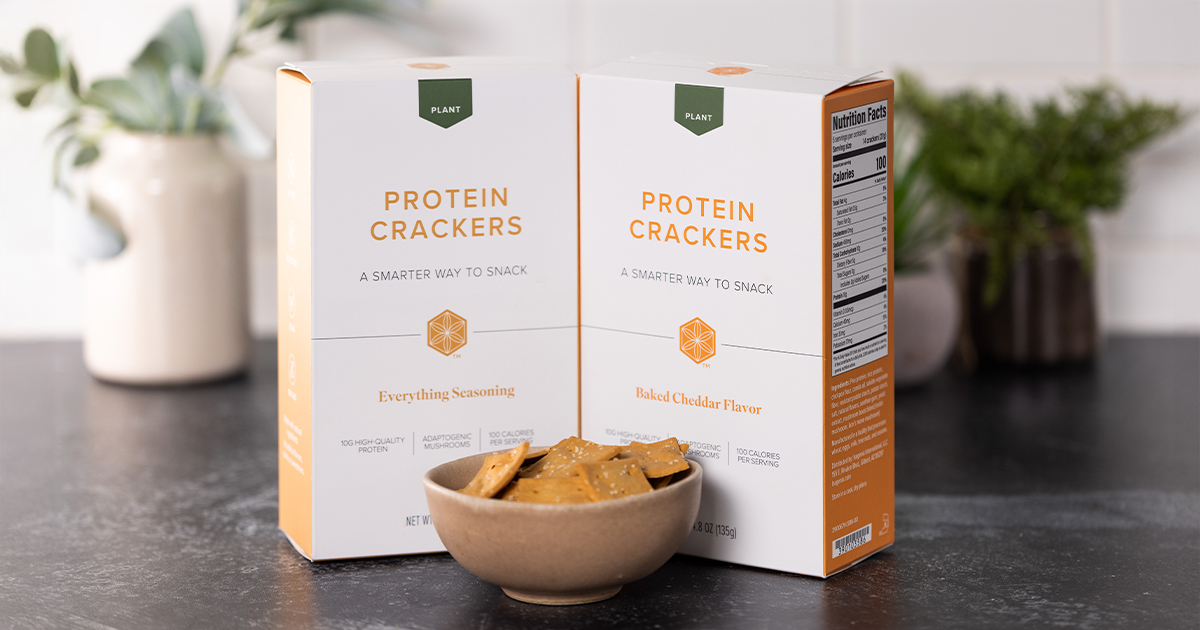Most of us are familiar with the Aloe vera plant as an ageless soother of skin abrasions and sunburns, but not as many people know of its benefits including its digestive and immune-building properties.
Yet these benefits from aloe were recorded as early as a Mesopotamian clay tablet dating from 2,100 BCE (1). In fact, humans have been using this yellow-green succulent, which looks like an agave plant, possibly for nearly 6,000 years (1).
But, why is there so much confusion about aloe and its many uses? Unfortunately, not all species of aloe or all ingredients available in the market are the same. Scientists know now that the selection of the right aloe species and the way it is processed are really critical to ensure its safety and benefits.
Bitter “Aloe”
The name “aloe” originates from the Greek αλοή (aloí), which means bitter. However, botanists also gave the name Aloe to a whole genus with 600 plant members belonging to the family Xanthorrhoeaceae. Many of the Aloe species have a history of economic and medicinal use with some of the oldest known herbal medicines. However, not all Aloe species work the same way, and when it comes to choosing the right species, only one plant, the Aloe vera (L.) Burm. f., also known as A. barbadensis Mill., should be used (1, 2, 3, 4).
Aloe vera originated in southern and eastern Africa, and was later introduced into northern Africa and other parts of the world (1, 3, 4). The Aloe vera plant is an herbaceous perennial, succulent, erect, suckering freely to form large colonies. Its stem is short or absent and has many leaves, like an agave plant. Their color is yellowish green outside and fleshy white inside with hardened pale “teeth” along the margin. Its flower is yellow to red and the fruit is a woody capsule with many black seeds (1, 2, 3, 4).
Scientists and regulators agree Aloe vera safety and benefits are backed by use, traditions, and also by hundreds of scientific studies (1, 4, 5). The leaves are listed as ingredients in many consumer products, shampoos, creams, beverages, etc. But the devil is in the details, as Aloe vera leaf can be processed in many ways. You can find Aloe vera leaf, inner leaf, gel, juice, and latex, all in the marketplace.
Gel Versus Latex
The gel from the Aloe vera inner leaf, is the only ingredient Isagenix uses to make its products. It is prepared by removing the green coating and “teeth,” a process known as “filleting.” The fillet is mashed producing a colorless transparent mass, called aloe gel. In contrast, aloe juice is resulting after pressing aloe vera leaf. Aloe vera juice is frequently cheaper and sold as dried concentrates, either as powder or flakes including several additives (1, 6).
Another ingredient, Aloe latex comes from the cuticle of the aloe leaf, the portion with specialized cells called pericyclic tubules, which occur beneath the epidermis. These cells produce a bitter yellow juice or exudate with anthraquinones, and aloin is its main constituent. This latex is known to be cathartic and therefore should only be used for a short duration, limiting exposure to the laxative which is considered harmful (1, 7). The USP Pharmacopoeia, an authoritative body in the U.S. approved by the Food and Drug Administration, considers Aloe latex a drug and recommends it not to be included in dietary supplements. (8)
Contemporary uses of Aloe vera gel are widely accepted and considered to be safe to use in personal care products and dietary supplements. The benefits of Aloe vera gel include skin afflictions such as burns, wounds, inflammation, insect bites, psoriasis, skin irritations and infections as an emollient and as a common cosmetic ingredient. (1, 3, 5, 6, 9) Internally, Aloe vera gel is used as a tonic, helping to support sugar levels, cardiovascular health, upper respiratory tract conditions, digestive problems, stomach ulcers, and as a detoxifying agent. (1, 3, 5, 6;).
Polysaccharides Are Key Components
The polysaccharides, non-caloric long-chain sugars, associated with Aloe vera gel’s positive effects have been well-studied. Aloe vera gel concentrates the right amounts of these polysaccharides. Researchers have discovered a special kind of acetylated polysaccharide in the Aloe vera leaf, the main one with the name acemannan. Acemannan, malic acid, and glucose are, in fact, the three quality markers accepted to standardize Aloe vera gel potency by the International Aloe Science Council (10, 11). The analysis of commercial aloe ingredients in the marketplace is variable and easy to be manipulated with fillers so that the quality of these ingredients needs to be subject to rigorous chemical analysis (1, 10).
Positive Benefits of Acemannan
Recent human studies confirm acemannan is key to the health benefits of aloe. Research is clear on their role on aloe’s digestive health benefits and to stimulate the immune system. More exciting evidence is emerging about Aloe vera’s detoxifying benefits resulting in the activation of a number of enzymes in the body, which are responsible to eliminate chemicals and pollutants, and also to protect our organs against the effect of poisons in food and the environment (12, 13).
The Right Aloe in Cleanse for Life
Isagenix offers Cleanse for Life® with the immune-modulating and detoxifying benefits of Aloe vera inner leaf gel, processed in the traditional way. The product is aloin-free, so there’s no laxative effect. One serving of Cleanse for Life provides enough Aloe vera gel for achievement of daily benefits. However, on a Cleanse Day the amount would be considerably higher supporting detoxification and immunomodulating benefits. This amount of aloe gel consumed is within acceptable range and considered safe.
References
- Upton R. Axentiev P. Swisher MA editors. Aloe Vera Leaf, Aloe Vera Leaf Juice, Aloe Vera Inner Leaf Juice, Aloe vera (L.) Burm. f. Standards of Identity, Analysis, and Quality Control, American Herbal Pharmacopoeia, 2012.
- Youngken HW. Textbook of Pharmacognosy, Sixth ed. Philadelphia, PA: The Blakiston Company; 1948.
- Blumenthal M. Busse WR. Goldberg A. et al. editors. The Complete German Commission E Monographs—Therapeutic Guide to Herbal Medicines. American Botanical Council, Austin, Texas. Integrative Medicine Communication, Boston, MA; 1998
- Reynolds, T. Aloes: The Genus Aloe, (Medicinal and Aromatic Plants- Industrial Profiles Series) 2004, CRC Press, Boca Raton, FL.
- Aloe vera and aloe gel In: WHO monographs on selected medicinal plants, World Health Organization, Geneva, 1999. Accessed at: http://apps.who.int/medicinedocs/en/d/Js2200e/6.html.
- EMEA, Community herbal monograph on Aloe barbadensis miller and on Aloe (various species, mainly Aloe ferox Miller and its hybrids, 2006, EMEA/HMPC. Accessed at: http://www.ema.europa.eu/docs/en_GB/document_library/Herbal_-_Community_herbal_monograph/2009/12/WC500017826.pdf.
- Foster S, Tyler VE. Tyler’s Honest Herbal: A Sensible Guide to the Use of Herbs and Related Remedies, 4th Edition. New York: Haworth Press; 1999.
- Food and Drug Administration, HHS, Status of Certain Additional Over-the-Counter Drug Category II and III Active Ingredients. Federal Register: May 9, 2002 Volume 67, Number 90 Accessed at: https://www.fda.gov/ohrms/dockets/98fr/050902a.htm.
- Engels G. Aloe, HerbalGram. 2010; Issue 87, Page 1-5, American Botanical Council
- Mulvany L. Faux Z. No Evidence of Aloe Vera Found in the Aloe Vera at Wal-Mart, CVS, Wal-Mart, Target, CVS sell aloe without appearance of plant. Bloomberg News, November 22, 2016, Available at: https://www.bloomberg.com/news/articles/2016-11-22/no-evidence-of-aloe-vera-found-in-the-aloe-vera-at-wal-mart-cvs. Accessed October 26, 2017
- International Aloe Science Council, Aloe vera Quality Standard and Certification Programs, Available at iasc.org.
- Yan Cui, Yuliang Cheng, Yahui Guo, Yunfei Xie, Weirong Yao, Weiguo Zhang, He Qian, Evaluating the hepatoprotective efficacy of Aloe vera polysaccharides against subchronic exposure of aflatoxins B1, Journal of the Taiwan Institute of Chemical Engineers, 2017; 76, 10-17.
- Rana P. Singh, S. Dhanalakshmi and A. Ramesha Rao, Chemomodulatory action of Aloe vera on the profiles of enzymes associated with carcinogen metabolism and antioxidant status regulation in mice. Phytomedicine, 2000;7(3), 209-219





